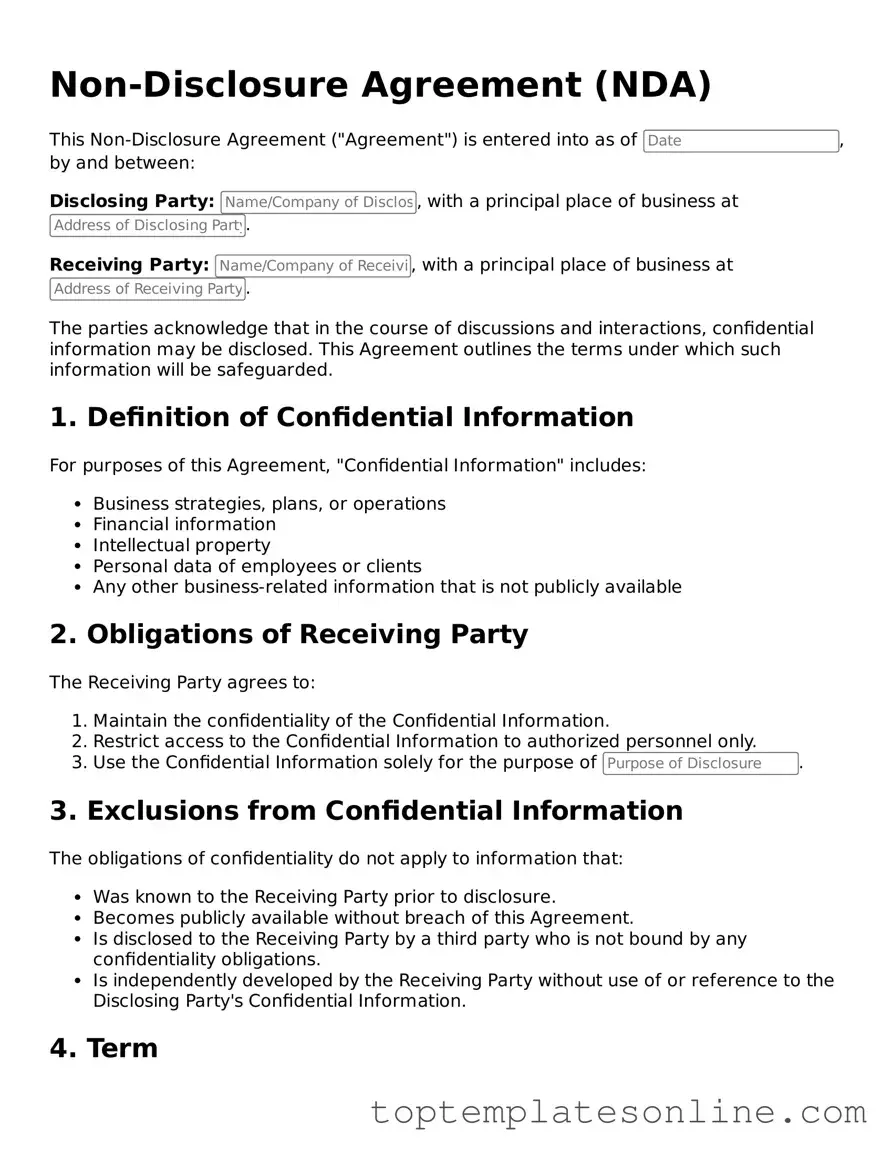Attorney-Approved Non-disclosure Agreement Form
A Non-disclosure Agreement (NDA) is a legally binding contract that establishes a confidential relationship between parties, ensuring that sensitive information shared during business dealings remains protected. This form is crucial for businesses and individuals alike, as it helps safeguard trade secrets, proprietary information, and other confidential data. Understanding the importance and components of an NDA can empower you to make informed decisions when entering into agreements.
Customize Non-disclosure Agreement Here
